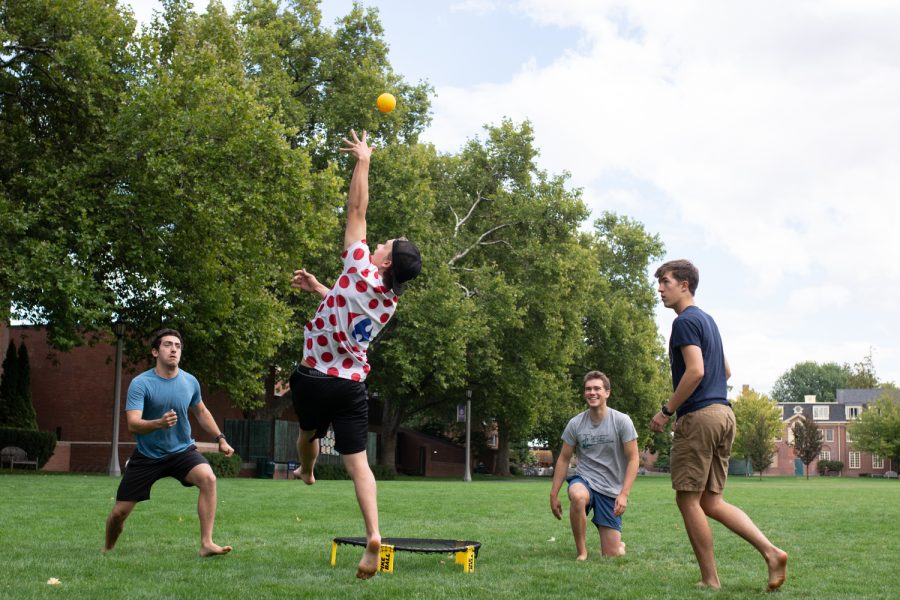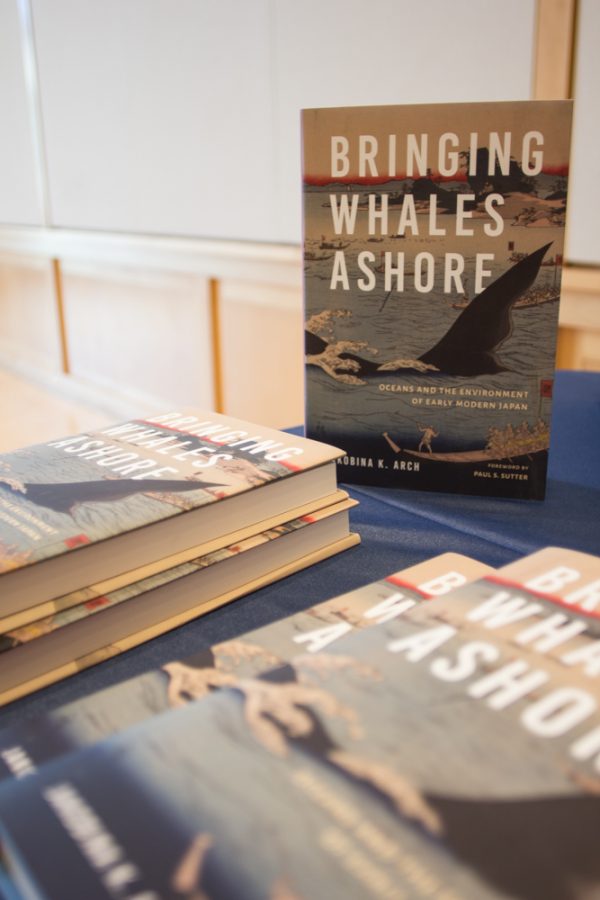I’ve been told that some people thought my last post about school sounded disappointed. I can see how that came across, but I just meant it to highlight some of the cultural differences between the United States and Spain that appear in the classroom. Carlos III is a good school. The students are invested and the classes are small. It even has an attractive campus, although most of its buildings used to be military barracks.
The Spanish university system as a whole is in a period of transition right now. The old guard is used to full-hour lectures and make-or-break finals. The government now encourages more varied class activities and requires grades to include other types of evaluation. I can see elements of both the old and new systems in the classes I’ve chosen.
I love the liberal arts class model, which demands a lot of student participation. I’m glad that the professor of my Spanish politics course bases his teaching on discussion and engages the students with sweeping questions about political culture. On the other hand, there’s something nice about having just lectures and corresponding reading for my art history course.
Carlos III is an enormous school and, as with most universities in Spain, the lion’s share of students live with their parents and commute to their classes. In spite of this, I’ve made some promising connections. The Spaniards in my politics course invited all the American students to go bar-hopping with them in central Madrid last week. When I asked a student worker in IT for help with the school’s Wi-Fi, our conversation ended with an agreement to start a language exchange. The students’ openness to a foreign student staying for one semester is a bit unexpected : I just hope Carlos III continues to be this welcoming.




